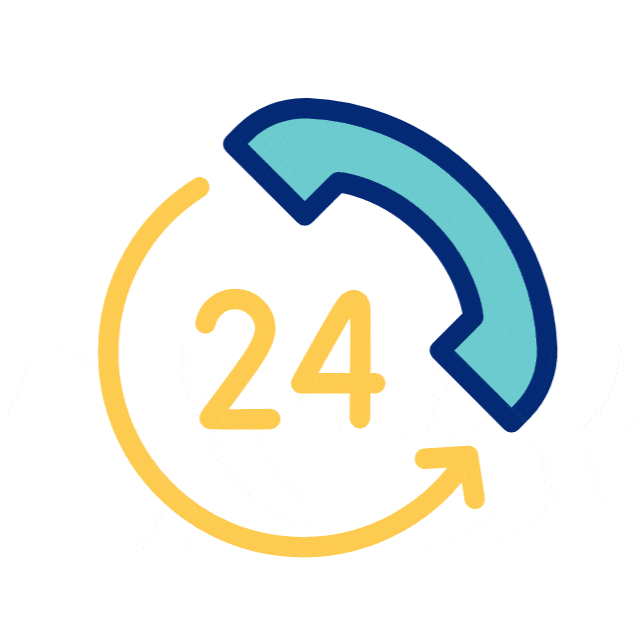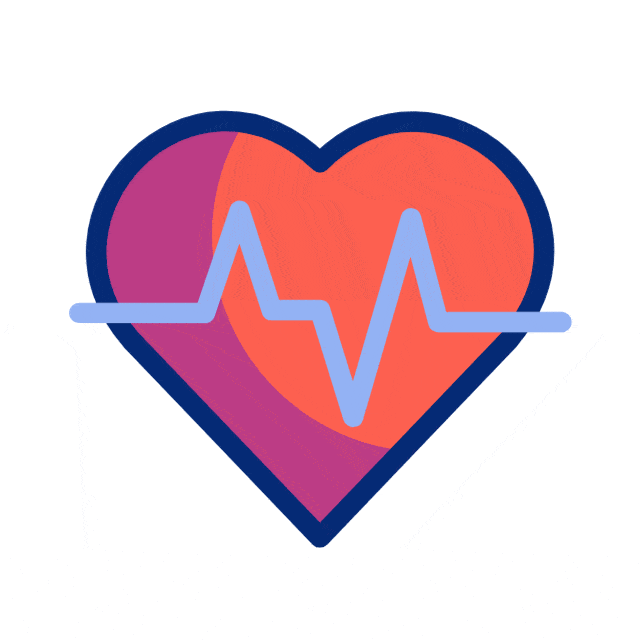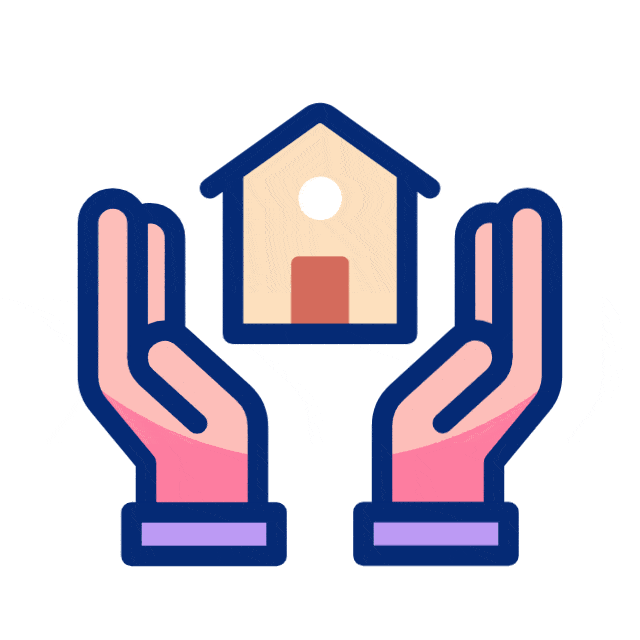Category : Paediatrics
WHAT IS DOWN SYNDROME?

Down syndrome is a genetic disorder caused by abnormal number of chromosomes. Chromosomes are small warehouses of genes and normally they are arranged in 23 pairs, and this needs to be optimal for normal organ formation of the baby inside the mother’s womb. In Down syndrome, there is one extra chromosome along with the 21st pair, leading to altered mental and physical growth.
WHAT ARE THE RISK FACTORS OF DOWN SYNDROME?
- Increasing maternal age: Though young mothers can also give birth to down babies; the risk is significantly higher in older mothers.
- Incidence in different age groups are:
- 15-29 years: 1 in 1500 live births
- 30-34 years: 1 in 800 live births
- 35-39 years: 1 in 270 live births
- 40-44 years: 1 in 100 live births
- Older than 45 years: 1 in 50 live births
- Sibling with Down syndrome: This could mean that the parents could have genetic problems that can be transmitted again to their future off-spring.
- Parents being carriers of genetic translocation of Down syndrome: Certain mutations have a greater chance of transmitting to the offspring.
HOW TO DIAGNOSE?
-
Before pregnancy:
Genetic counselling of the prospective parents and ascertaining their risk ratios. This is usually preferred in couples with a known mutation for Down, or those who already have a Down child. -
During pregnancy:
-
Screening: Recommended universally for all pregnancies through ultrasound scan known as the ‘NTNB scan’ between 11-13 weeks of pregnancy and blood tests of the mother (Triple test/ quadruple test). If this scan is abnormal, further confirmatory tests are undertaken.

- Diagnosis: Includes direct sampling from the fetus/ umbilical cord/ amniotic fluid and subjecting them for karyotyping. These methods come with the inherent risk of harming the fetus.
- Cell-free fetal DNA: This is a non-invasive method where the mother’s blood sample is used to diagnose diseases in the fetus. But this is very expensive.After birth: Direct karyotyping from the baby.
-
Screening: Recommended universally for all pregnancies through ultrasound scan known as the ‘NTNB scan’ between 11-13 weeks of pregnancy and blood tests of the mother (Triple test/ quadruple test). If this scan is abnormal, further confirmatory tests are undertaken.
WHAT ARE THE TYPES OF DOWN SYNDROME?
- Trisomy 21: Nearly 95% of those diagnosed with Down have this type. All cells of the body have an extra copy of the chromosome 21.
- Translocation Down: About 3% have this type where the extra copy of the chromosome 21 is attached to some other chromosome instead of being with the 21st pair.
- Mosaic Down: This affects about 2%. In these children, some cells have normal chromosomes and others have the extra 21st chromosome in various proportions, thus leading to fewer features when compared to typical cases.
CLINICAL FEATURES OF DOWN CHILDREN:
- These children tend to have lower IQs and attain milestones slower and have learning difficulties.
- They also have distinguishing features that makes them easy to identify. They have
- A flattened forehead and face
- Almond shaped up-slanted eyes
- White spots on the iris known as ‘Brush field spots’
- Small ears
- Short neck
- Protruding tongue
- Small stubby fingers and toes, the fifth ones tend to curve inwards known as ‘clinodactyly’
- Single crease extending throughout the palm known as the ‘simian crease’
- Short stature
- Lax joints and low muscle tone



Frequently associated internal problems include :
- Heart disease
- Hormonal issues like hypothyroidism, obesity and diabetes
- Hearing loss
- Eye problems
- Seizures
- Obstructive sleep apnea: where the child’s breathing repeatedly stops while asleep (more commonly seen in obesity)
- Frequent infections
- Other problems include inability to understand sexual function and infertility
Major complications include the development of blood cancers, heart failure, neck fractures.
MANAGEMENT:
- There is no cure for Down syndrome.
- Management is multi-faceted, prioritizing independent functionality. The role of care givers is invaluable as they need to provide a conducive environment for the child to develop to their full potential. Primary care givers need to be fully educated about the child’s condition and how to comprehensively manage them.
- Optimal nutrition with a balanced diet and regular exercise helps avoid obesity.
- Child may need consults with various specialists including cardiologist, neurologist, orthodontist, sleep specialist, ENT physician, developmental pediatrician etc.
- Special emphasis needs to be given to the following:
- Occupational therapy: Concentrates on developing skills needed to lead an independent life like activities of daily living (brushing/ bathing, clothing, eating), basic calculation of money exchange, memory and concentration skills, movement and perception exercises. For best results, the child must be enthusiastically encouraged, and the learnt skills must be regularly practiced.
- Physical therapy: Since most children have joint laxity, weak muscle tone and obesity; regular physiotherapy of the affected joints needs to be done to attain adequate strength.
- Speech therapy: Early recognition of speech problems and prompt referral to a speech therapist will bring the best outcome.
- Special schools/ tuitions: Since these children tend to be slower learners, it is preferable to enroll them in special schools, where the teachers can cater more time to them and concentrate and adopt methods of teaching best suited for these children.
- Inclusivity: Though these children are different, they are still children! They should be made to feel normal as much as possible and live a full life just like any other! This is possible only when all levels of care empathize with the child and make a conscious effort to include them in all activities.
Finally, a Down child has a chance towards a near-normal life, provided he is regularly monitored and takes the required medication. Lastly, the role of family, friends, teachers and community; is what matters and forms a crucial part in every step.





